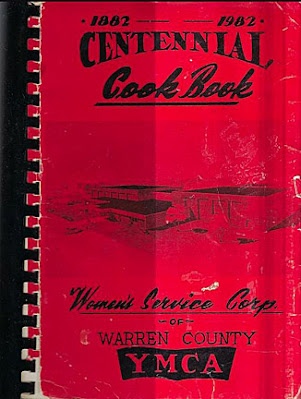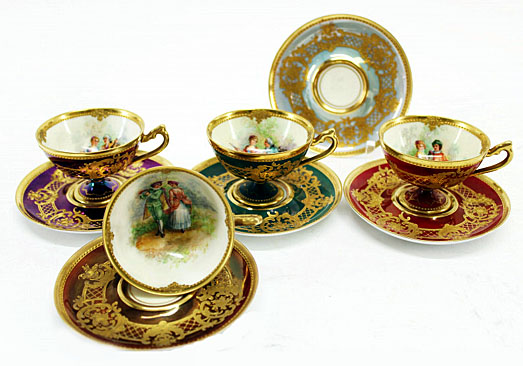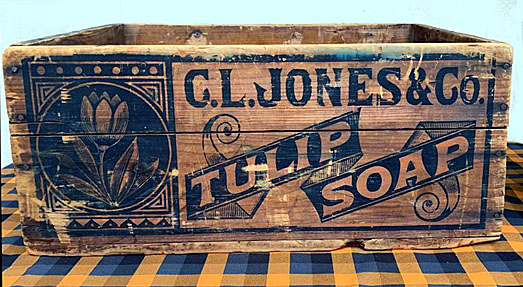 QUESTION: For most of my adult life, I’ve been discovering and purchasing unique Santa dolls with the image printed on fabric and stuffed. I know virtually nothing about these dolls. I started collecting them because I liked them—they were fun. What can you tell me about my dolls?
QUESTION: For most of my adult life, I’ve been discovering and purchasing unique Santa dolls with the image printed on fabric and stuffed. I know virtually nothing about these dolls. I started collecting them because I liked them—they were fun. What can you tell me about my dolls?
ANSWER: Most people are more familiar with a variety of Santa toys and decorations, including many made of plastic from the mid-20th century on. But the origins of these dolls go back a lot further.
The British call him Father Christmas. The French Pere Noel. The Germans Kris Kringle. The Dutch Sinterklaas. To Americans, he’s Santa Claus.
Pictures and drawings depicted him as a tall, stately, thin man wearing bishop’s robes, with a broad-rimmed hat, and big breeches. He smoked a long pipe and rode a white horse or rode in a wagon.
 The original 17th-century British Father Christmas, wore a dark beard, and his clothing was green, not red. Early representations of Father Christmas saw him dressed in green, representing the green shoots of spring in the depths of winter. Scandinavian myths contributed to Santa’s reindeer-pulled sleigh. His elves have a Germanic and distinctly devilish background.
The original 17th-century British Father Christmas, wore a dark beard, and his clothing was green, not red. Early representations of Father Christmas saw him dressed in green, representing the green shoots of spring in the depths of winter. Scandinavian myths contributed to Santa’s reindeer-pulled sleigh. His elves have a Germanic and distinctly devilish background.
Father Christmas’s first name, “Father,” originated in pre-Christian times. Historians believe it evolved from ‘Woden’, or the better known “Odin,” the chief god of North European and Scandinavian mythology. Americans prefer to refer to him as Santa Claus, and this name derives from the 3rd century saint, Nicholas. He was a charitable bishop from Myra in Turkey. He delivered his first gifts of bags of gold coins anonymously to a man so that a he could afford to have his daughters married. Some accounts say he left a gold coin in each of the daughters’ stockings and in others that he dropped his gifts down the man’s chimney because the door was locked.
But the Santa known by American children appeared on December 24, 1822 in New York City. That was the day that Clement Moore penned the Night Before Christmas.
His poem inspired artists to draw the character of Santa Claus based on Moore’s descriptions. His poem first appeared in book form in 1848, illustrated by T.C. Boyd. Over the years, many other artists have created their own interpretations of Santa Claus. The most famous are the ones done by Thomas Nast which appeared in Harper’s Weekly from 1863 to 1866.
 As with many things designed for children, the idea of Santa Claus grew and grew. Soon American companies began producing Santa toys, including Santa Claus dolls. Edward Peck designed one of the oldest dolls, produced by the New York Stationary Envelope Company. Made from 1884 to 1886, this lithographed cloth doll may have been the first commercially made type of doll in the United States.
As with many things designed for children, the idea of Santa Claus grew and grew. Soon American companies began producing Santa toys, including Santa Claus dolls. Edward Peck designed one of the oldest dolls, produced by the New York Stationary Envelope Company. Made from 1884 to 1886, this lithographed cloth doll may have been the first commercially made type of doll in the United States.
Peck’s Santa was a forerunner of the Santa later made by Celia and Charity Smith for the Arnold Print Works, one of the country’s largest producers of printed cloth dolls.
Santa dolls have included both stuffed immovables and animated characters. Many of the stuffed Santas that exist today are the kind that mothers cut and stuffed at home. Because these dolls rarely had marks, it’s difficult to date them. The other thing to consider is that many of these cut and sew at home are replicas of toys from the past.
 Antique cloth Santas are nearly impossible to find because they’ve already been purchased and are part of collections. But collectors are still interested in Santas of any material made from 1900 on. Cloth Santas of the 1940s and 1950s have grown in popularity with collectors, with the Coca-Cola Santas selling for the highest prices if they’re still holding their bottles of Coca-Cola. Next in line is the Pepsi Santa.
Antique cloth Santas are nearly impossible to find because they’ve already been purchased and are part of collections. But collectors are still interested in Santas of any material made from 1900 on. Cloth Santas of the 1940s and 1950s have grown in popularity with collectors, with the Coca-Cola Santas selling for the highest prices if they’re still holding their bottles of Coca-Cola. Next in line is the Pepsi Santa.
The Santas from the 1960s, 1970s, and 1980s are the least valuable. While prices vary, the differences are because Christmas and Santa collectors often pay more for a Santa than a doll collector.
To read more articles on antiques, please visit the Antiques Articles section of my Web site. And to stay up to the minute on antiques and collectibles, please join the over 30,000 readers by following my free online magazine, #TheAntiquesAlmanac. Learn more about militaria in the 2022/2023 Winter Holiday Edition, with the theme "Winter Memories," online now. And to read daily posts about unique objects from the past and their histories, like the #Antiques and More Collection on Facebook.





















































